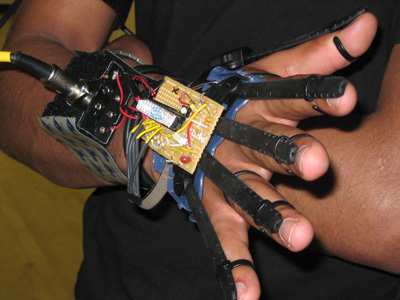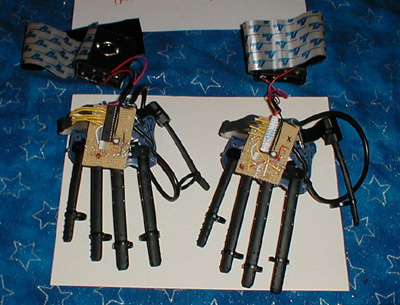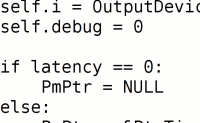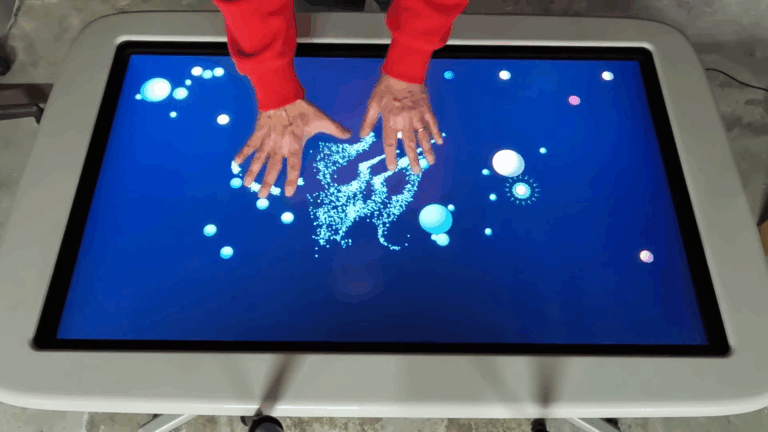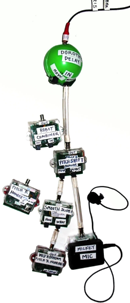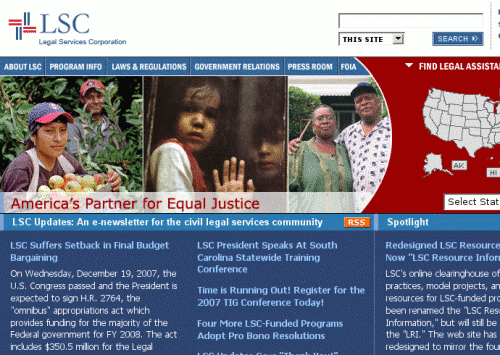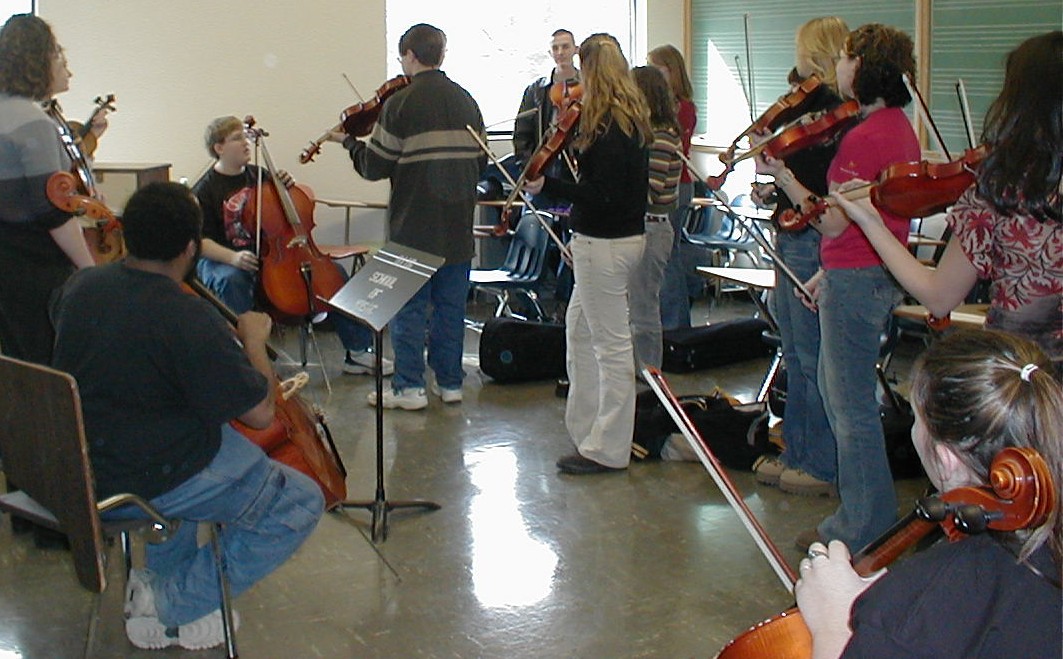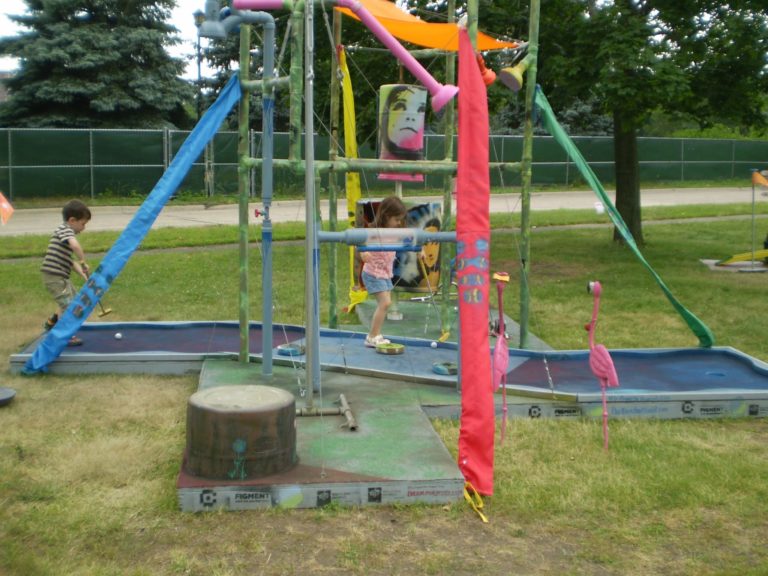Digital Puppetry
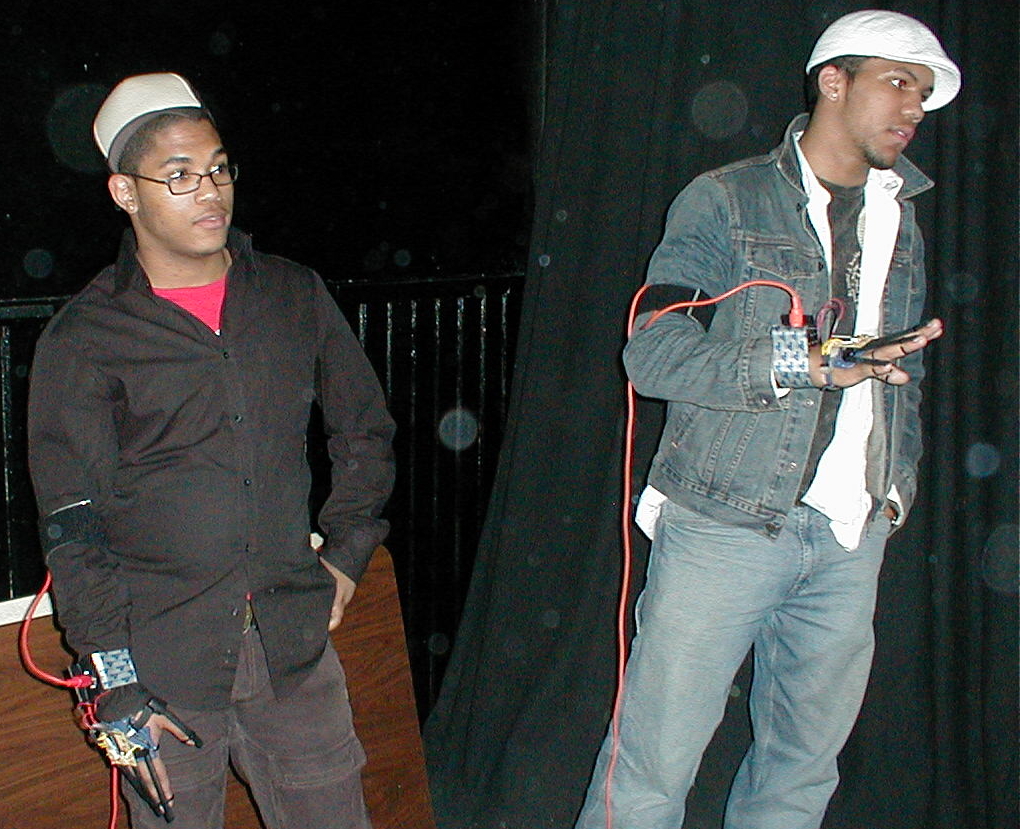
While a graduate student at MIT’s Media Lab, I worked with a team of colleagues, community members, and urban youth. Our intention was to help the youth learn in a playful environment, find personal self-expression, and have their voices heard by communities in Boston. To do this, we adapted commercially available technology to provide a unique medium: digital puppetry.
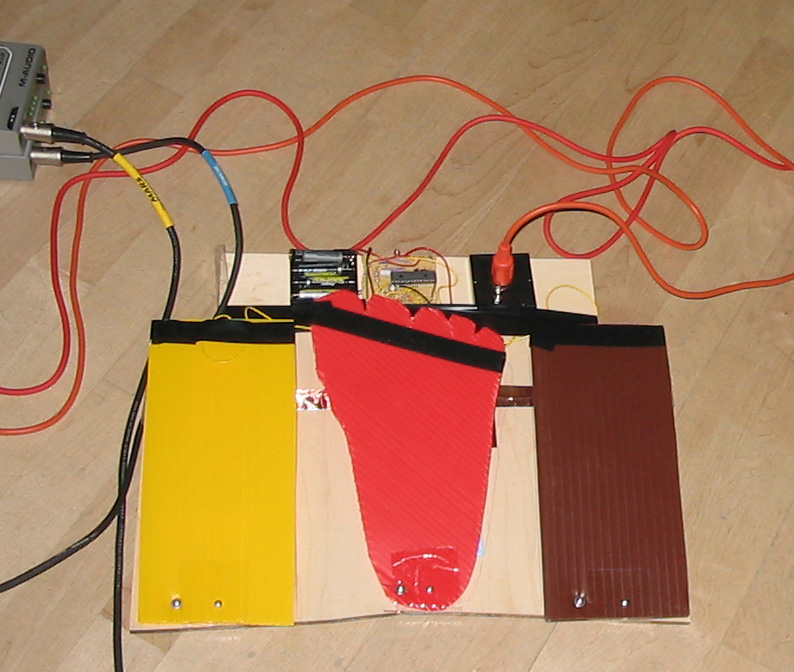
Working with members of the Computer Clubhouse, I led the hardware team. We adapted P5 gloves to send MIDI signals, which in turn triggered flash animations using Arkaos VJ. Our design used Microchip’s PIC 18F252 Microcontroller running a Logo virtual machine aka The Logochip. We also developed foot controllers based on The Logochip which interfaced with the gloves to remap the glove’s controls on the fly.
The youth wrote a story capturing a typical day in their urban lives. They then drew the animations, wrote the music, and gave three performances as digital puppeteers. Our last performance was May 8, 2004 at the Puppet Showplace Theatre in a digital puppet slam.
